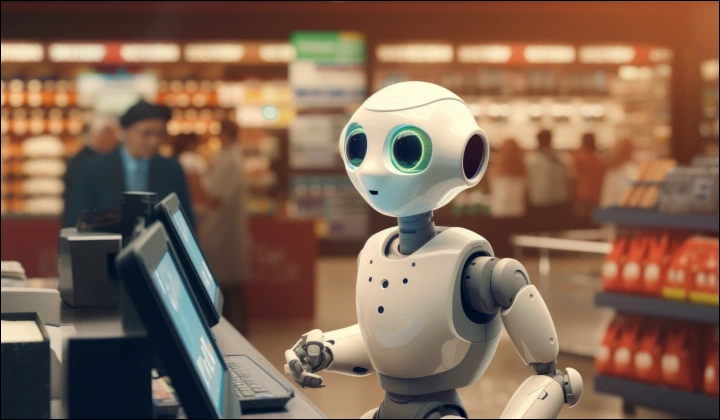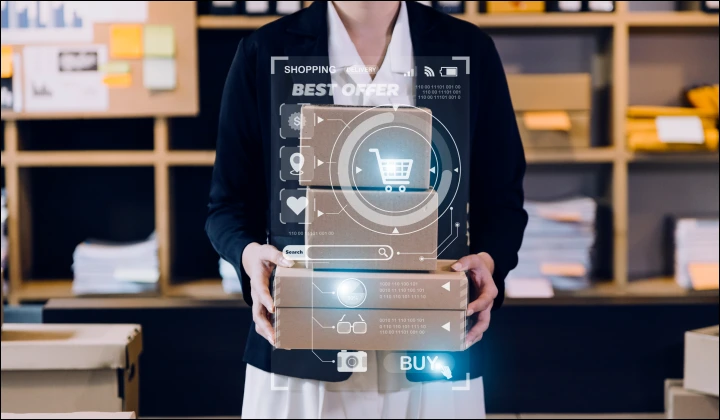Common Architectural Patterns in Legacy POS Systems
Before embedding anything, it helps to understand the kind of environment you’re working with. Most legacy POS platforms fall into a few typical patterns:
→ Thick client deployments – often written in C#, Java, or Delphi, installed on store terminals.
→ On-prem database storage – inventory, customer data, and logs stored locally or in hybrid sync setups.
→ Limited API exposure – older systems rarely expose REST APIs or follow modern integration standards.
→ Disconnected data workflows – reporting, loyalty, or CRM integrations handled manually or with brittle middleware.
This foundation creates constraints but also clear areas where GenAI can augment workflows without deep surgery.




 5 mins
5 mins











 Talk to Our
Consultants
Talk to Our
Consultants Chat with
Our Experts
Chat with
Our Experts Write us
an Email
Write us
an Email





